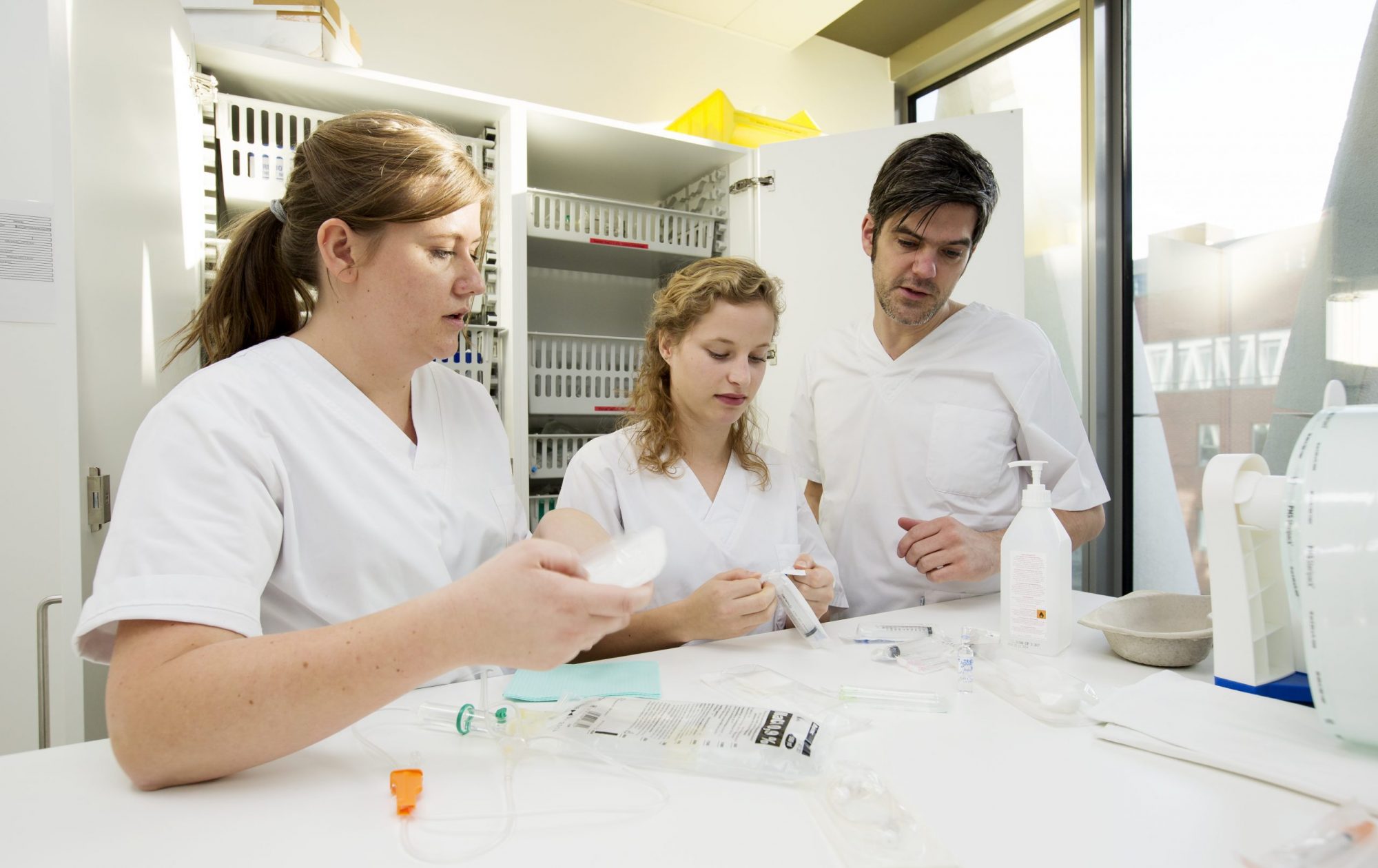Devine, A. (2003) Female catheterisation: what nurses need to know! Accident and Emergency Nursing,11,91-94
Pomfret J. Catheters: design, selection and management. Br.J. Nurs. 1996;5(4)/245-51.
Cravens,D., Zweig,S. (2000) Urinary Catheter management. AAFP, 61(2), 369-376.
Pratt RJ, Pellows CM, Wilson JA et al 2007 epic 2: national evidence-based guidelines for preventing healthcare-associated infection in NHS hospitals in England.. Journal of Hospital Infection 65,p.1-64.
David D. Rahn: Urinary Tract Infections: Contemporary Management. CNE Series Urologic Nursing/October 2008/Vol. 28 nr 5
Phipps S, Lim YN, Mc Clinton S, Barry C, Rane A, N’Dow JMO, Short term urinary catheter policies following uro-genital surgery in adults (review) The cochrane library 2009, Issue 2
Dickhaus and Garibaldi 1988: To prevent discomfort and pulling on the catheter.
Stephanie Dawe: Aseptic Technique and urinary catheter care policy (North East London NHS Foundation Trust) 07/2009 P.8
Marklew, A.(2004). Urinary catheter care in in the intensive care unit. British association of Critical Care Nurses, Nursing in critical Care,9(1),21-27
CDC guidelines, NHS Guidelines (Lo, 2008;A,III)
Devine, A. (2003) Female catheterisation: what nurses need to know! Accident and Emergency Nursing,11,91-94
Muctar,S (1991). The importance of a lubricant in transurethral interventions. Urology, 32, 153-155.
Addison R. 2000 Catheterisation using Lignocaine gel-Procedure 47.1-Practice procedures for Nurses. Nursing times Vol.94 No49 supplement
Wong, Edward S. Guidelines for prevention of catheter-associated urinary tract infections. Centers for disease control and prevention. (CDC), 02/1981 p.3
Simon Anne: Aanbevelingen van de hoge gezondheidsraad., NOSO Belgische vereniging voor ziekenhuishygiëne, nr4,4e kw.,2001,p.14.
Firouz Daneshgari, Mary Krugman, Alissa Bahn, Robert S. Lee : Evidence-based Multidisciplinary Practice : Improving the Safety and Standards of Male Bladder Catheterization. “Medsurg Nursing-October 2002 Vol 11/No5
Phipps S, Lim YN, Mc Clinton S, Barry C, Rane A, N’Dow JMO, term urinary catheter policies following urogenital surgery in adults (review) The cochrane library 2009, Issue 2
Stephanie Dawe: Aseptic Technique and urinary catheter care policy (North East London NHS Foundation Trust) 07/2009 P.8
Burke JP, Jacobsen J A, Garibaldi R A, Conti M T,Alling D N 1983 Evaluation of meatal care with polyantibiotic ointment in prevention of urinary catheter associated bacteriuria (Britisch journal of Urology 120:331-4)
Tenke,P., Kovacs,B., Truls,E., Tetsuro,M;,Tambyah,P., Naber,K. (2008) European and Asian Guidelines on management and prevention of catheter-associated urinary tract infections. International Journal of Antimicrobial Agents,31,p.68-78.
Maki DG, Tambyah PA. (2001) Engineering out of the infection with urinary catheters. Emerging Infections Disease 7, 324-347.
Zimakoff JD, Pontoppidan B, Larsen SO, Poulsen KB, Stickler DJ. The management of urinary catheters : compliance of practice in Danish hospitals, nursing homes and home care , to national guidelines. Scand J Urol Nephrol 1995; 29: 299-309
Ehrenkranz NJ, Alonso BC. Failure of bland soap handwash to prevent hand transfer of patient bacteria to urethral catheters. Infect Control Hosp Epidemiol 1991;12:654-62


